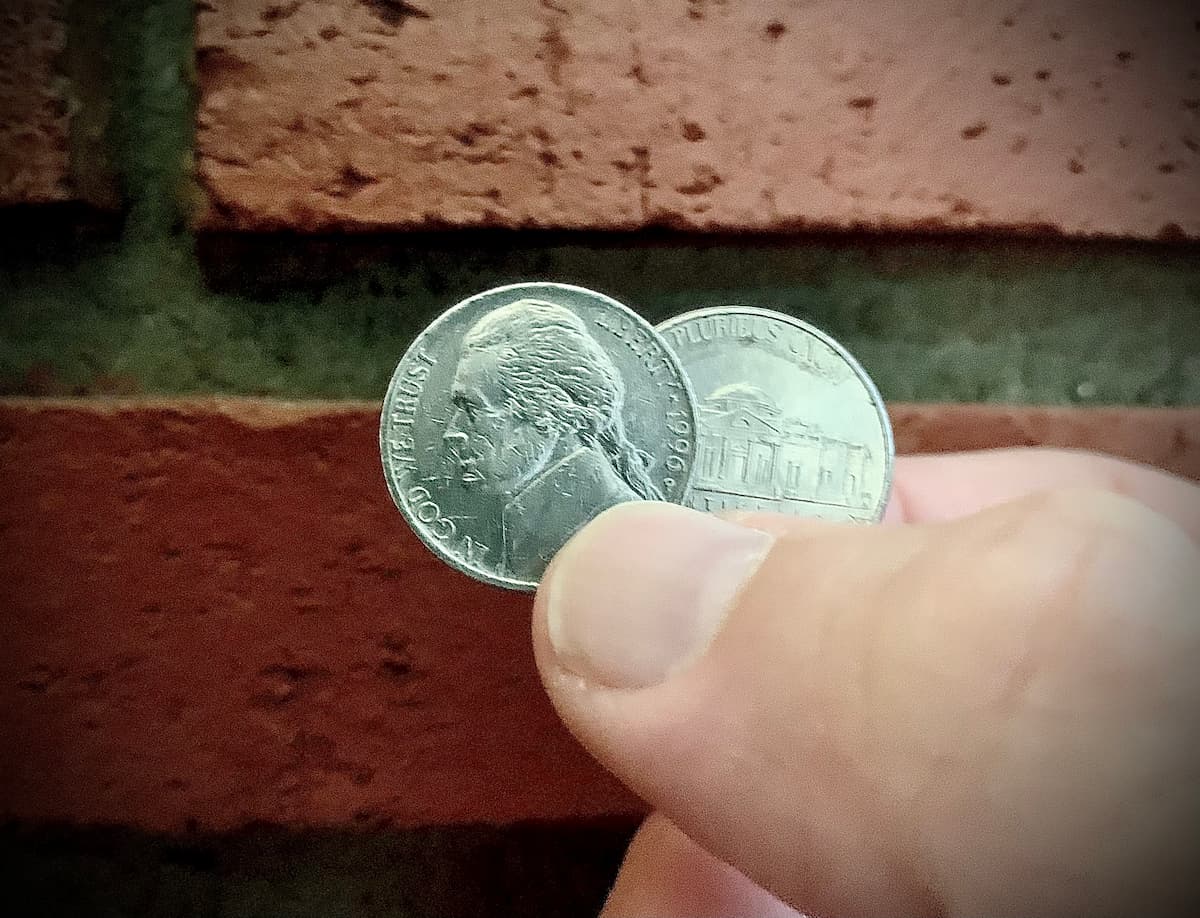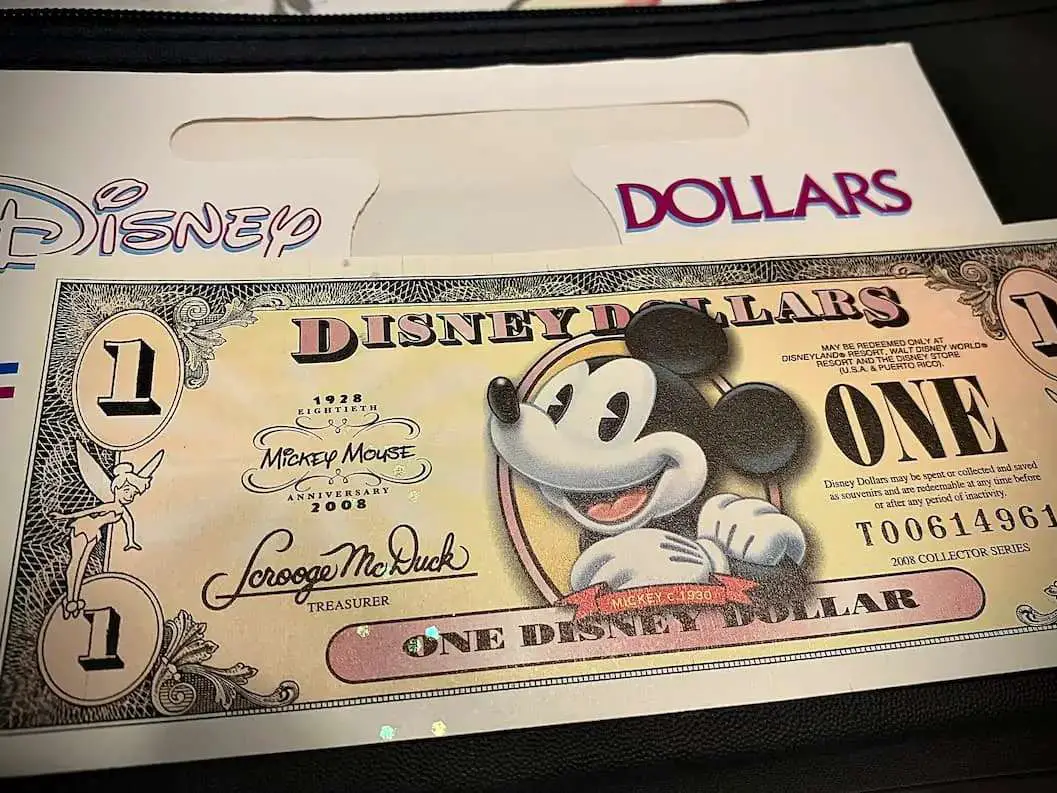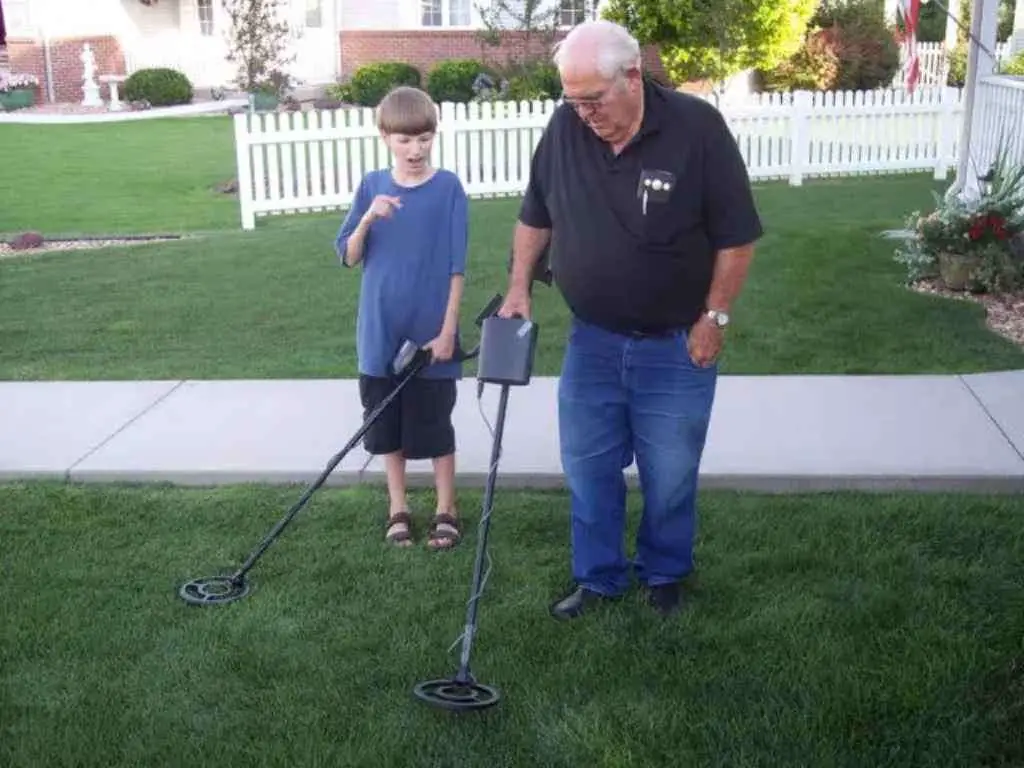Do you have a 1983 penny and want to know what it’s worth? Maybe you think you’ve found a 1983 doubled die penny, but you’re not sure?
I’ll tell you what your old pennies are worth and also how to know whether or not you have a 1983 doubled die coin.
Plus, I’ll give you the lowdown on the rare 1983 copper penny worth $15,000 — it’s one of the latest rare coins to be discovered!
How Much Is A 1983 Penny Worth?
Most 1983 pennies you’ll find in pocket change are worth only face value — or 1 cent. That’s because 1983 pennies are, for the most part, common coins and they contain very little copper.
I’ll explain more about this in a bit. But, before I do, here’s more info on 1983 penny values:
- 1983 No Mintmark (Philadelphia) penny — 7,752,355,000 (7.752 billion) minted — 10 cents to 25+ cents
- 1983-D (Denver) penny — 6,467,199,428 (6.467 billion) minted — 10 cents to 25+ cents
- 1983-S (San Francisco) proof penny — 3,279,126 minted — $2+
- 1983 Doubled Die penny — mintage unknown — $250+
*Values are for uncirculated and proof 1983 pennies as listed. Worn 1983 pennies with no errors or varieties are worth face value only.
IMPORTANT: What Is The Grade Of Your 1983 Penny?
To determine the true value of your 1983 penny, you first need to know what condition (or grade) your coin is in.
Grab a coin magnifier and a copy of the U.S. Coin Grading Standards book. Then, watch this video to see how to grade coins yourself at home:
These are the best coin grading apps that make grading coins yourself SO much easier!
How Much Are 1983 Doubled Die Pennies Worth?
One of the most well-known error coins is the 1983 doubled die Lincoln cent.
The 1983 doubled die penny is worth thousands of times more than face value:
- At least $15 to $20 in well-worn circulated grades
- $250+ in uncirculated condition
While 1983 doubled die pennies are very scarce, they’re also one of the easiest doubled die Lincoln pennies to spot with the naked eye!
The doubling is found in the following areas on the reverse (tails side) of the coin:
- The word “UNITED”
- The motto “E PLURIBUS UNUM”
- The inscription “ONE CENT”
Doubled die coins are rare error varieties that are struck by a die (the device that imprints designs on blank coins, or planchets) that was inadvertently stamped by a hub more than once. The hub, by the way, imprints a design on the working die. So a doubled die coin isn’t one that was struck by a die twice. Rather, it’s a coin that was struck once by a double-stamped die.
How Much Is The Rare 1983 Copper Penny Worth?
Around 2013, there was the discovery of a rare copper 1983-D penny. It’s like no other old copper penny ever made!
It turns out that it’s made from a 98% copper, 2% zinc planchet — which is an unusual composition.
When copper Lincoln Memorial pennies were being minted for circulation before 1982, they consisted of 95% copper, 5% zinc.
In late 1982, the composition changed to a copper-plated zinc format, and virtually all 1983 pennies are made from the zinc composition (except for a few rare off-metal and transitional errors like the 1983 copper penny).
There’s still much that collectors don’t know about 1983-D copper pennies, but what specialists have determined is that the rare 1983 penny is worth about $15,000!
This is in addition to some very rare 1983 copper pennies from the Philadelphia Mint. These transitional errors have sold for as much as $23,500!
Everything you want to know about the 1983 copper penny.
More Info About 1983 Pennies
In addition to the links I’ve included above, here are some other resources to help you learn more about 1983 penny values:
I’m the Coin Editor here at TheFunTimesGuide. My love for coins began when I was 11 years old. I primarily collect and study U.S. coins produced during the 20th century.
I’m a member of the American Numismatic Association (ANA) and the Numismatic Literary Guild (NLG) and have won multiple awards from the NLG for my work as a coin journalist. I’m also the editor at the Florida United Numismatists Club (FUN Topics magazine), and author of Images of America: The United States Mint in Philadelphia (a book that explores the colorful history of the Philadelphia Mint). I’ve contributed hundreds of articles for various coin publications including COINage, The Numismatist, Numismatic News, Coin Dealer Newsletter, Coin Values, and CoinWeek.
I’ve authored nearly 1,000 articles here at The Fun Times Guide to Coins (many of them with over 50K shares), and I welcome your coin questions in the comments below!





